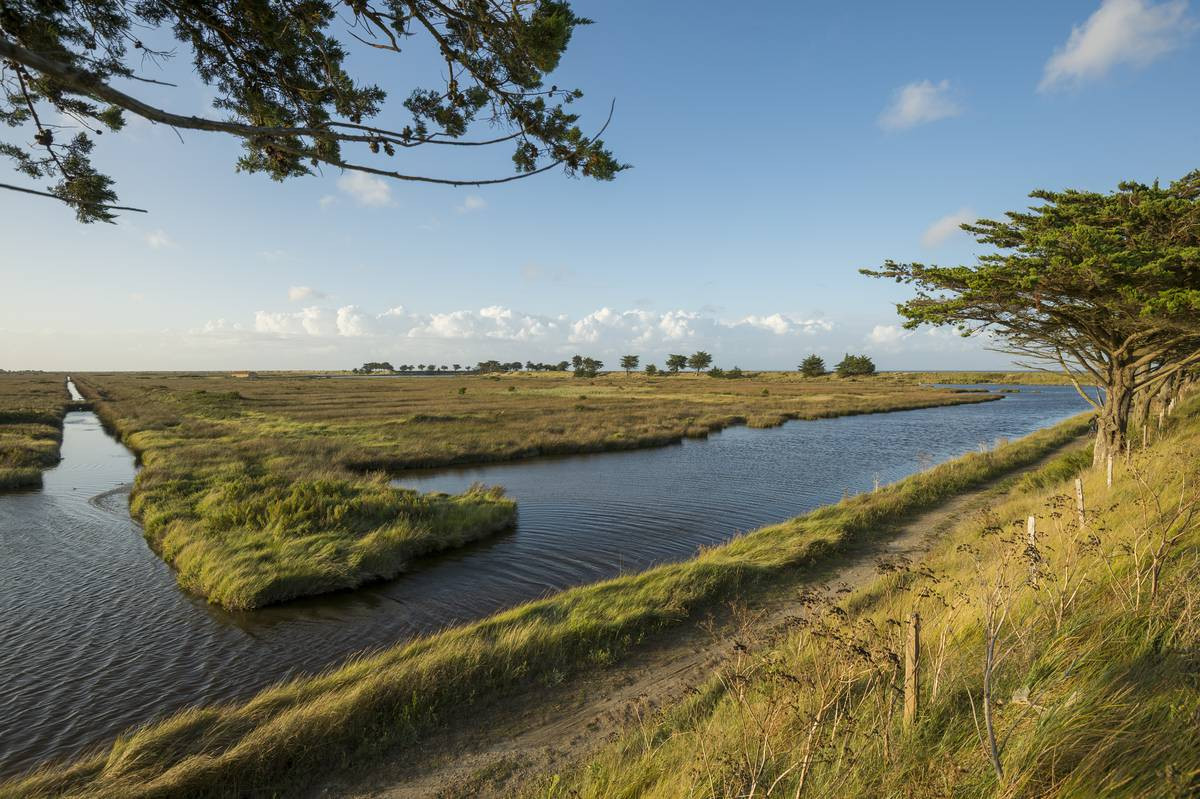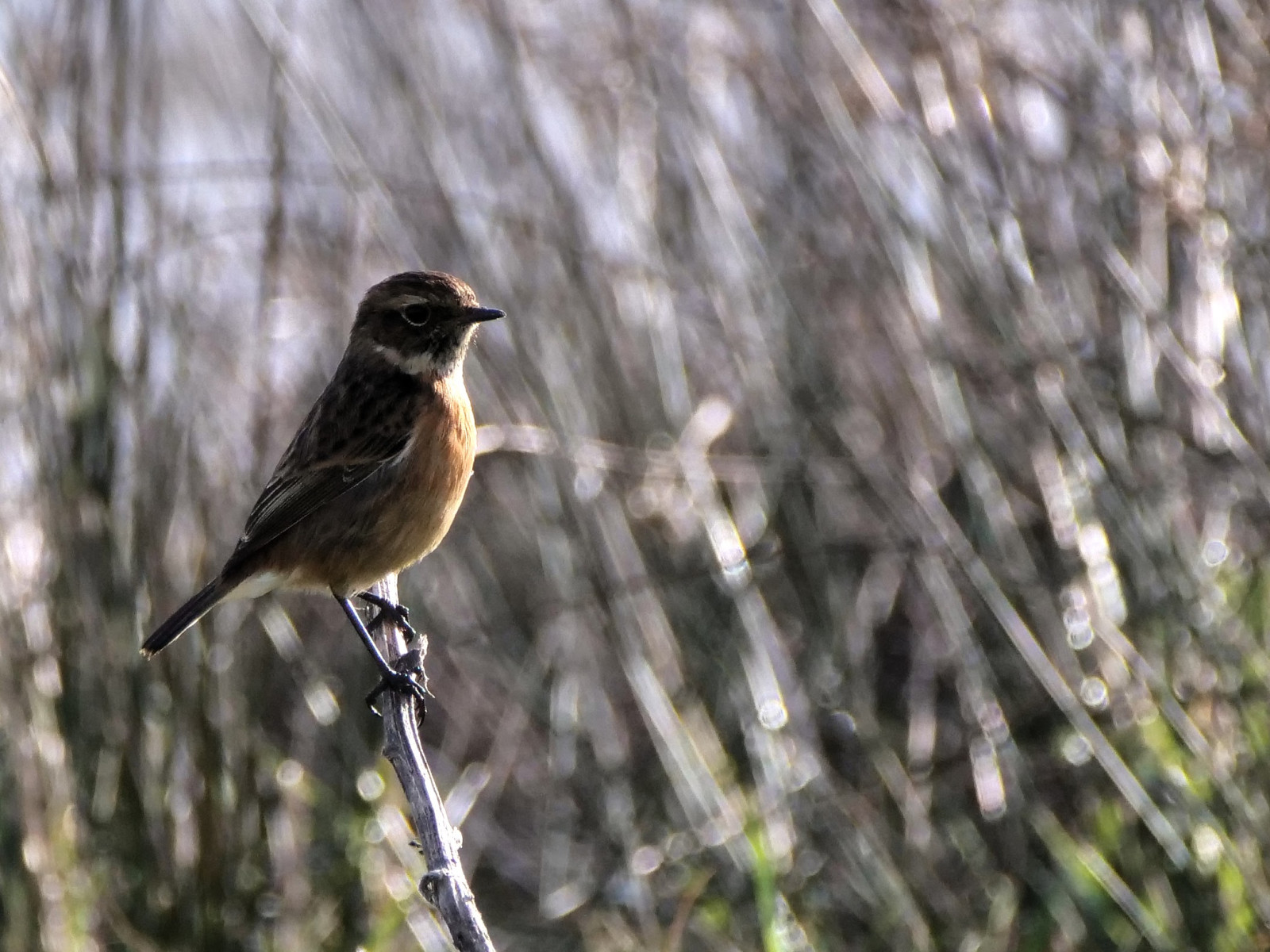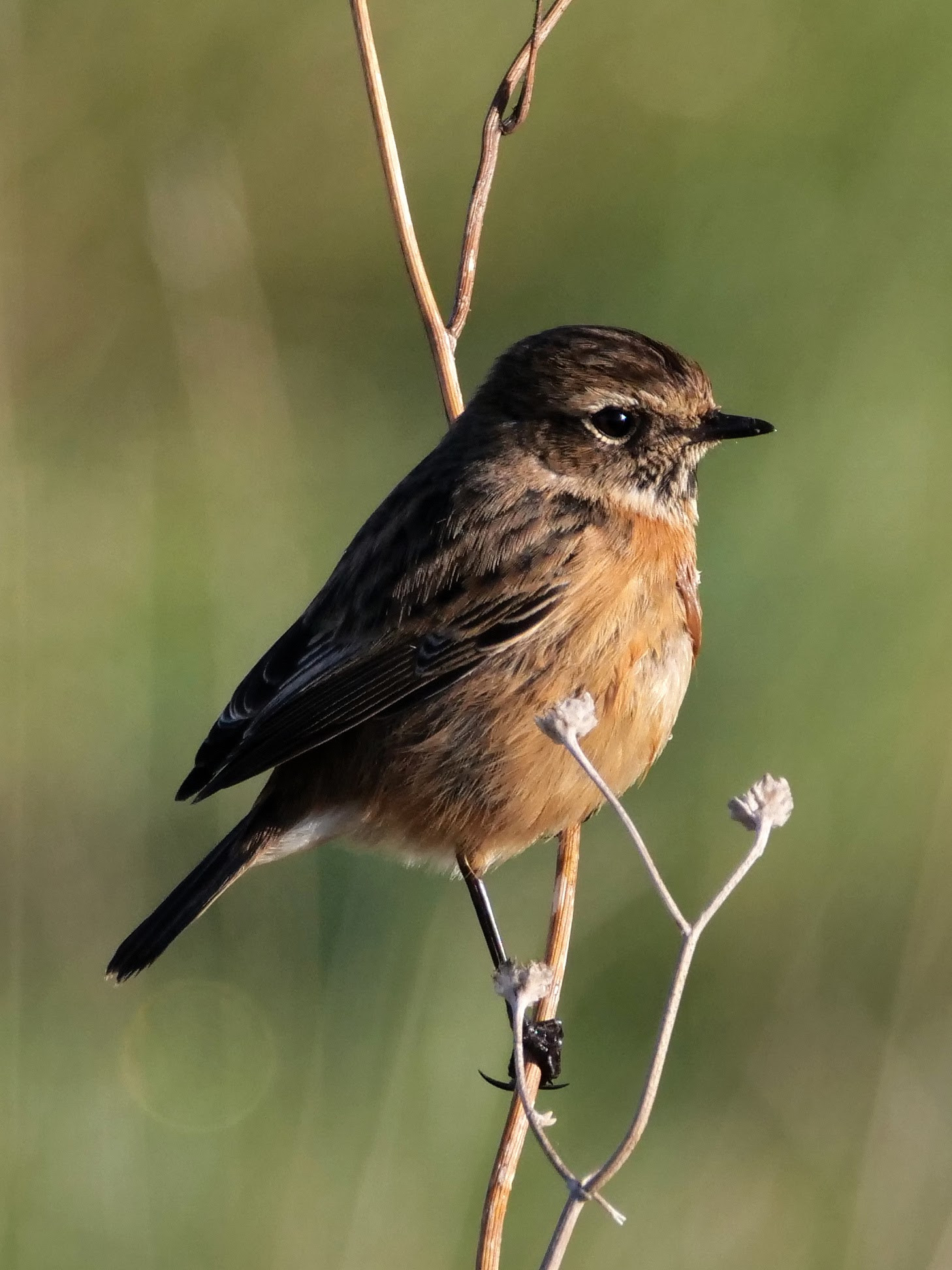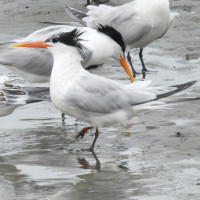Opis
Classified as a regional nature reserve in 2008, with an area of 133 hectares, this is an excellent spot to see migratory birds during winter and spring. The Polder is a site where terrestrial and aquatic habitats with varying salinities coexist. Among its ecological roles, hosting waterbirds is of primary importance, whether during breeding season, migration, or wintering.. More than 170 bird species have been recorded of which about 40 are nesting. In spring, you can see szablodziób, krwawodziób, rybitwa rzeczna and rybitwa czubata, śmieszka and mewa czarnogłowa. In winter, the site serves as a resting place during high tides (see the link to the tide table below) for birds like szlamnik, rycyk, siewka złota, siewnica and kulik wielki. From mid-May to mid-July, the polders host the nesting of a rybitwa kalifornijska and one or more hybrids, which is of particular interest for birdwatchers looking to spot a rare species!
_________________________
Français: Réserve naturelle régionale classée en 2008 d'une surface de 133 hectares, bon endroit pour les hivernants en halte et lors du printemps. Le Polder est un site où se côtoient milieux terrestres et aquatiques aux salinités variables. Parmi ses fonctions écologiques, l’accueil des oiseaux d’eau représente l’enjeu majeur, aussi bien en période de reproduction qu’en migration ou hivernage. L'avifaune compte plus de 170 espèces dont une quarantaine sont nicheuses. Au printemps, on pourra trouver l'szablodziób, le krwawodziób , les rybitwa rzeczna et rybitwa czubata, les śmieszka et mewa czarnogłowa. En hiver, le site sert de reposoir lors de fortes marées aux szlamnik et rycyk, siewka złota et siewnica et kulik wielki. De mi-mai à mi-juillet, les polders sont l'objet de la nidification d'une rybitwa kalifornijska et d'un ou plusieurs hybrides, intéressant pour la coche d'oiseau rare !
Szczegóły
Dostęp
Easy to get there by car following the path and then park to the parking lot (click on the P on the map to get directions). The best way to explore the site is on foot or by bicycle.
_________________________
Français: Facile de s'y rendre en voiture en suivant le chemin puis de se garer jusqu'au parking (voir le P sur la carte). Le meilleur moyen de visiter le site est à pied ou à vélo.





